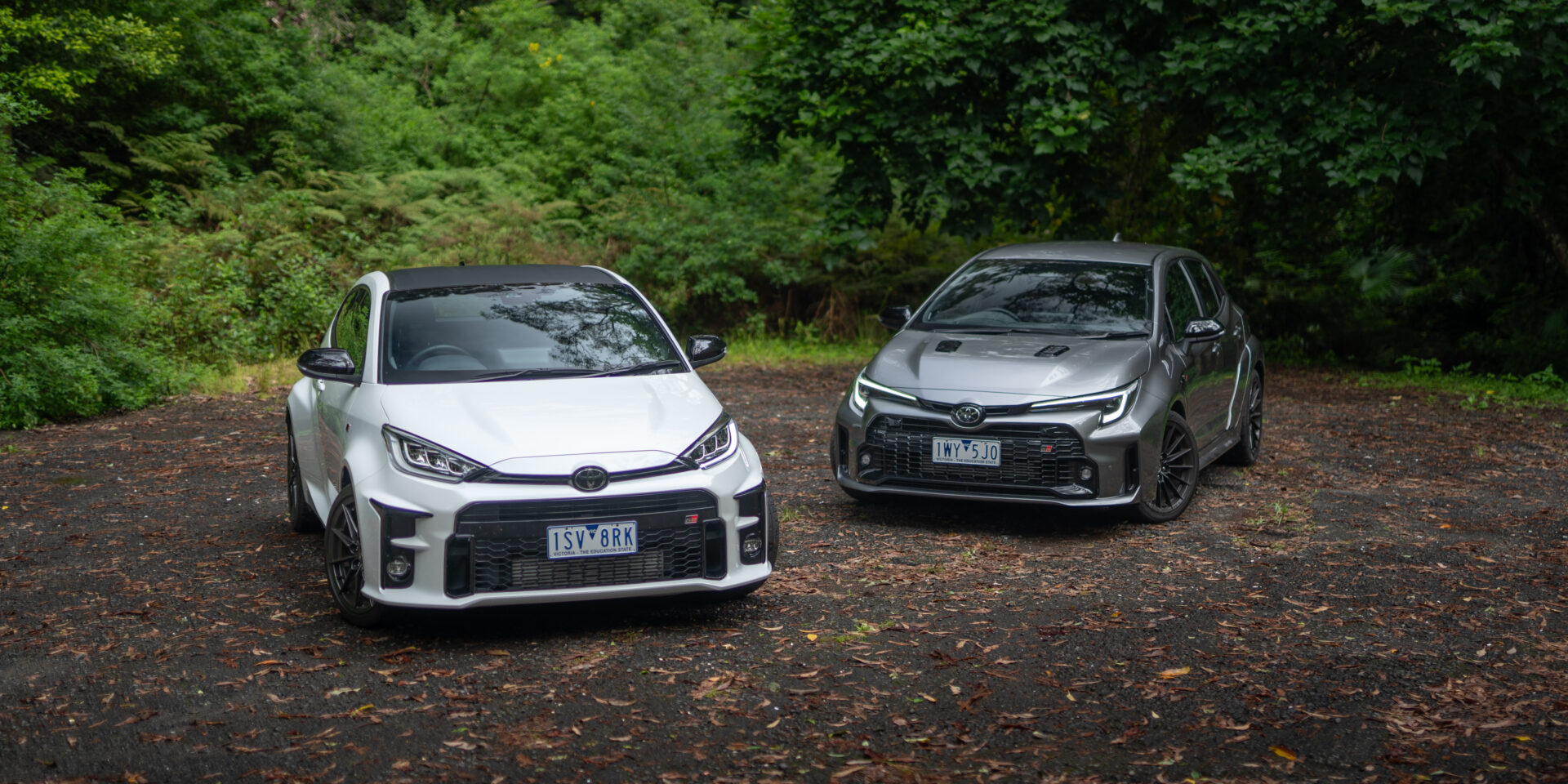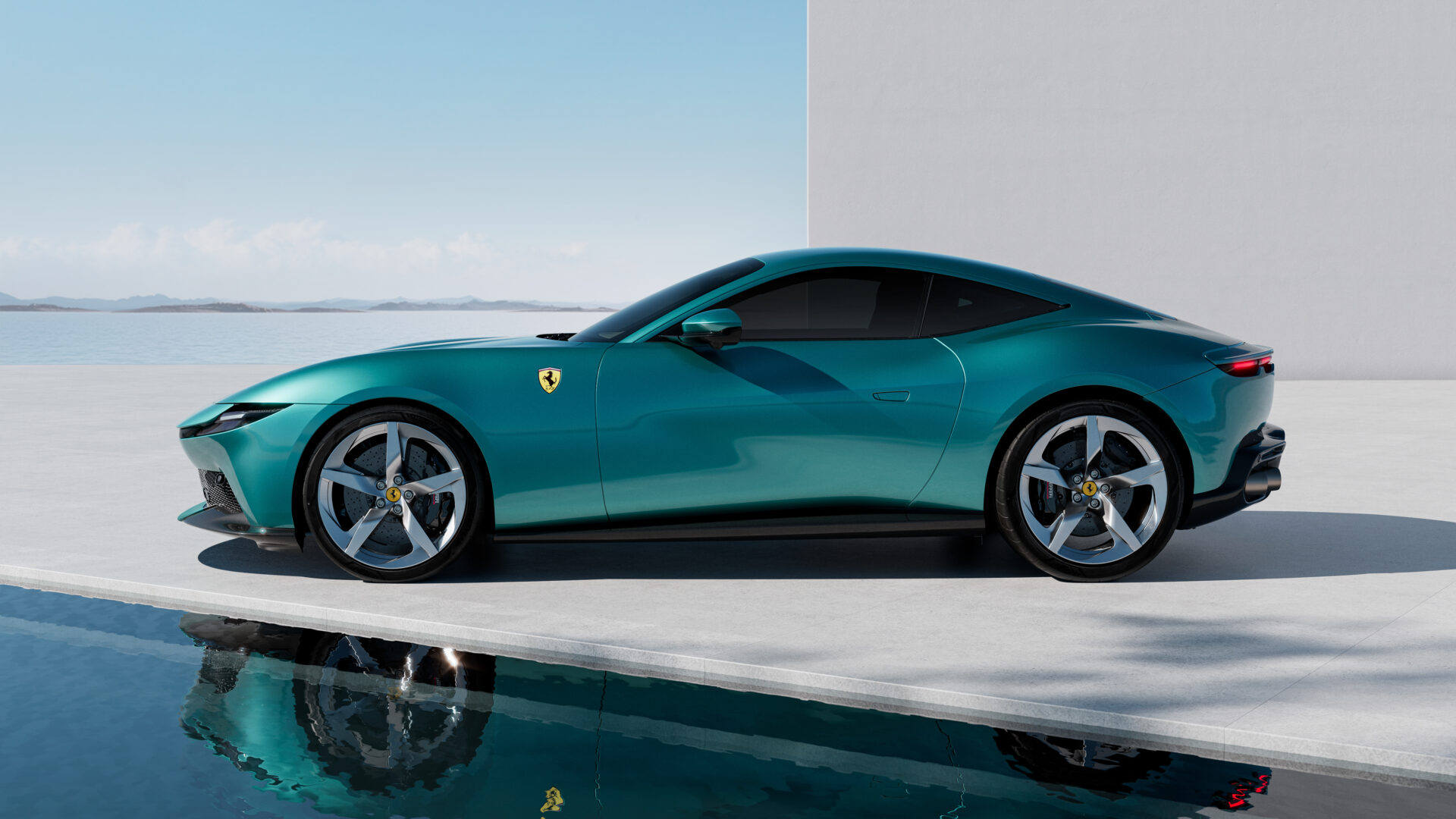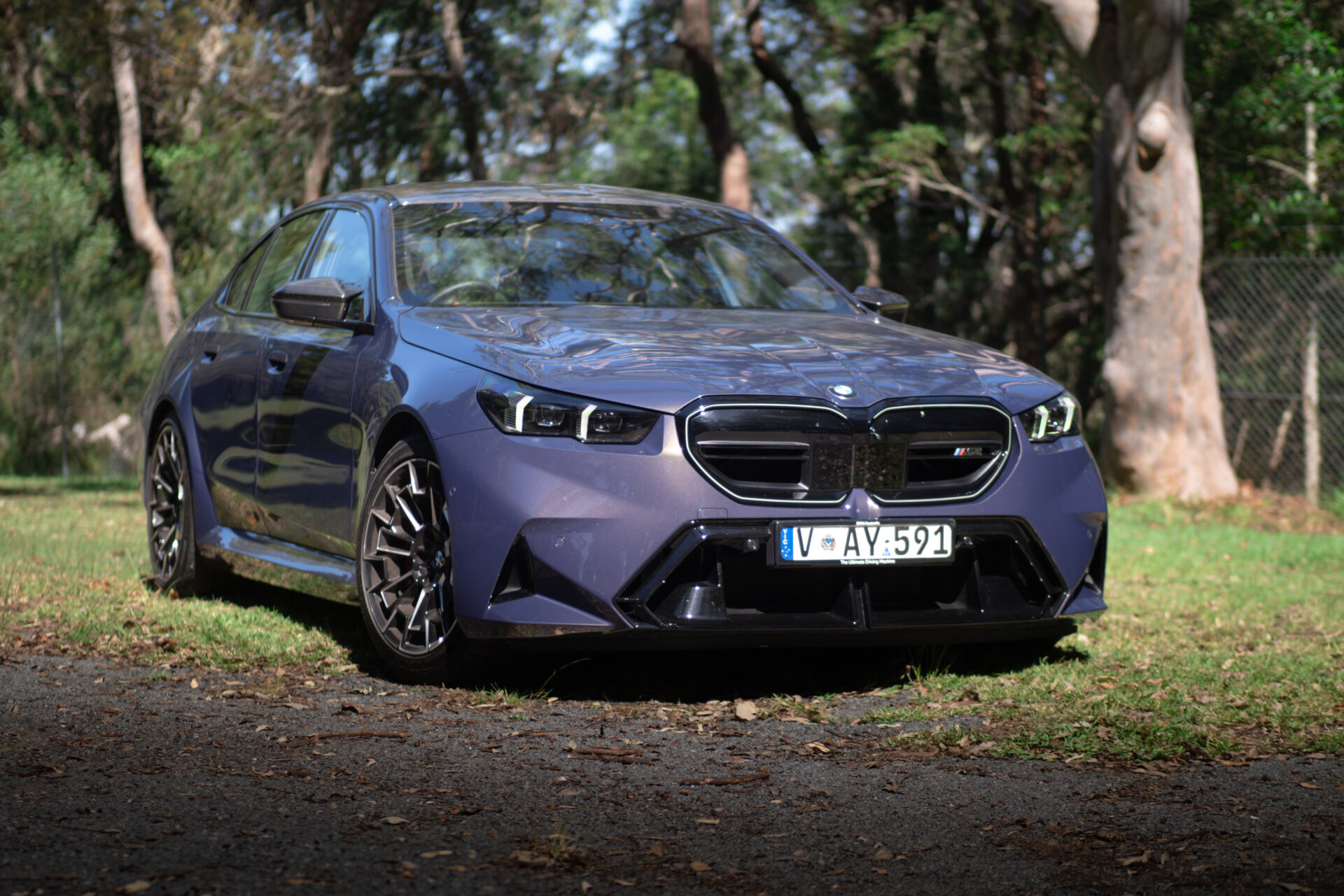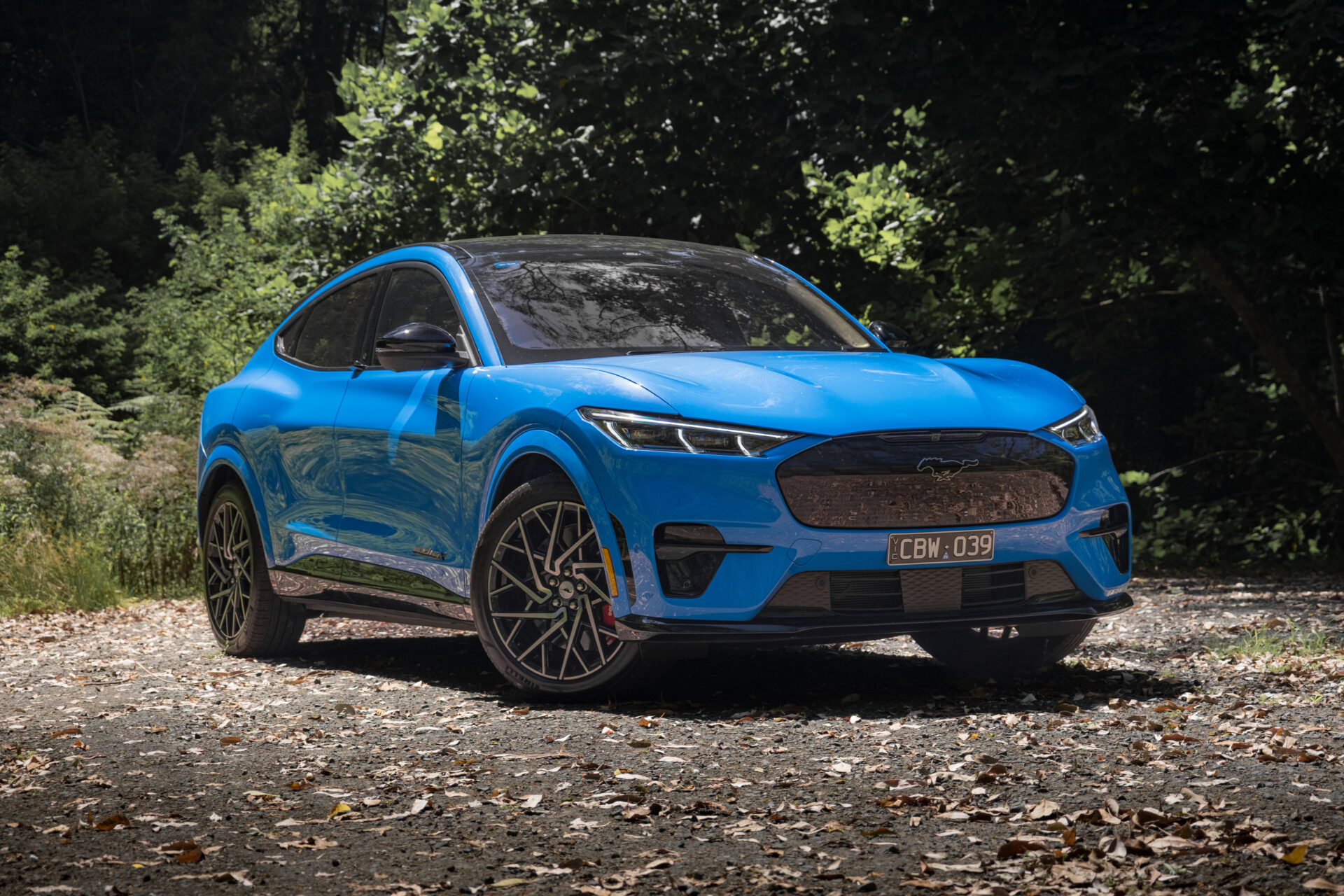The 2020 Ford Focus ST is the Blue Oval’s second hot hatch release in two months. This one, though, has a lot more to prove.
The third-generation Focus ST was hilarious. I first (and last) drove one almost six years ago. That car was fresh from belly of the beast after the cult car we called XR5 here in Australia.
It was fun, it was fast but it was a torque-steering monster of a thing, running all over the road on full throttle and generally making mischief. I liked it, but would have taken the old Fiesta ST any tick of the clock and save around fifteen grand.
The new Focus ST, though, different story. The fourth-gen Focus – as a whole – starts from an even better place than the old car, with a massive update on Ford’s C-platform. I drove the Focus ST-Line at launch and loved it.
While the 2020 Ford Focus ST (and Fiesta ST) are new to Australia, they’re not new to the world. We’ve waited a long time for both of them. The Fiesta was worth the wait – let’s see if the Focus is too.
How much is a 2020 Ford Focus ST and what do I get?
2020 Ford Focus ST manual: $44,690 + ORC
2020 Ford Focus ST auto: $44,690 + ORC
As you can see, that’s a solid increase on the LZ ST’s $38,990 and you might also notice that there’s a no-cost option seven-speed automatic.
You get 19-inch alloys, dual-zone climate control, keyless entry and start, electronic damping, front and rear parking sensors, cruise control, keyless entry and start, front and rear parking sensors, auto LED headlights, sat nav, auto high beam, heated front seats from Recaro, launch control, leather wheel and seats, powered and heated door mirrors, wireless Qi charging pad, heated steering wheel and a space-saver spare.
The SYNC3 system comes with ten B&O speakers, which is pretty nifty. The 8.0-inch touchscreen sits high in the dashboard and is easy to reach. The sat nav is a bit of a pain to use and the standard keyboard is ABC rather than QWERTY which is super-irritating. Thankfully, you get Apple CarPlay and Android Auto, which makes all that drama go away.
You can add a sunroof for a colossal $2500 and inside my giant head there’s a lot of space and not a single reason to suggest that the glass roof is a good idea. Only Frozen White and Race Red are free colours, the rest (Agate Black, Ford Performance Blue, Orange Fury and Ruby Red) are $650.
Safety – 5 stars (ANCAP)
The Focus ST comes loaded with safety gear. Six airbags, ABS, stability and traction controls, forward collision warning (low speed), forward AEB with pedestrian avoidance, reverse AEB, reverse collision warning, blind-spot monitoring, speed sign recognition and reverse cross-traffic alert.
There are three top-tether and two ISOFIX points for baby and child seats.
The Focus scored five ANCAP stars in September 2019.
If you go with the seven-speed auto, as well as picking up active cruise control, you get active lane keep assist.
Warranty and Servicing
Ford has an excellent after-sales package, with a five-year unlimited-kilometre warranty with seven years of roadside assist as long as you keep your car serviced with Ford.
Ford offers a bunch of stuff, including fixed-price servicing of $299 per service for the first four years/60,000km. Service intervals are set at 12 months/15,000km.
Ford will loan you a car for the day of your service (remember to book) and offer assurances on tyre and brake costs.
It’s a good deal and the only thing I’ll complain about is that the warranty length doesn’t match Kia’s. Kia doesn’t have a Focus ST rival, though, so that’s kind of moot.
Look and feel

As I’ve already covered, I quite like the shape of the new Focus. The old one was okay but the front end was a bit overwrought with some wobbly lines and wild creasing.
The current Focus is a looker even in Trend form (and not in the olive green you can get in the Active version), designed by sometime Falcon designer Justin Demkiw. Redline co-pilot Brendan reckons it’s generic but I reckon it’s quite handsome. Lovely, simpler surfacing, but more restraint around the headlights, a bit less “BWAAAH!”. The profile also reminds me of the E87 1 Series, which is the antithesis of generic.
Anyway, the ST scores the usual lower ride height, new front and rear bumpers and a big set of 19-inch alloys with red brake calipers behind. The headlight-splitting LED daytime running lights look the business, too.

Inside is quite spacious, including the boot. Ford’s new wave of interiors are a vast improvement on the older generation cars, with consistent switchgear and way fewer buttons and switches.
There’s a certain deja vu about the Focus cabin after the Fiesta ST, with similar switchgear and dashboard layout. The big screen is useful, handily-placed and works well and has CarPlay/Android Auto.
Although it doesn’t look like it in the photo, the boot is only 273 litres – the fully sick subwoofer and less sick space-saver spare take up the room.
Chassis

The ST-Line chassis is already pretty good, so the ST’s was always going to be a cracker.
Or was it? On the 2018 launch of the Focus in France, I drove the Focus Vignale which has continuously controlled damping (CCD). As does the ST. The problem with the Vignale was its CCD setup. It was otherwise a lovely car, but it was, to be frank, a bit of a mess. Spoiler: it’s fine on the ST.
The system monitors steering and braking inputs as well as body and suspension movement to adjust the damping in real time.
The ST’s rear-end is made up of Ford’s short long arm (SLA) independent setup. The dampers are stiffened by 20 percent up front and 13 percent the rear.
Instead of a mechanical limited-slip diff, Ford has chucked in an eLSD. Hydraulic clutches send the power left and right up to 100 percent and talks to the traction and stability systems.
Ford reckons it’s quicker than a mechanical LSD. We’ll see soon see.
Similarly, the launch control has a good chat with those systems. Press OK on the steering wheel to activate it (in Sport and Race mode), dip the clutch, floor it, dump the clutch. Easy.
The power steering helps compensate for the torque steer, filtering the aggro 420Nm under a full-throttle can create.
The brakes are 330mm up front and 302mm at the back. In the video I say it has Brembo calipers, but that’s a giant fib.
Drivetrain

Everyone seems – finally – well and truly over the ridiculous mugging over the EcoBoost name on the 2.3-litre four-cylinder turbo. It’s a cracker of an engine. Quiet, flexible and with a heap of power and torque – 206kW and 420Nm. That’s an increase of 22kW and 60Nm respectively, inching rather closer to the old RS’s figures.
Its flexibility comes from the clever anti-lag system which keeps the engine fuelled on lift-off to keep the gases flowing. Ford says the anti-lag is off the bonzo Ford GT.
The turbo is a twin-scroll unit and has an intercooler to keep things from getting too hot.
All the power hits the tarmac via the front wheels and it gets there through a six-speed manual or seven-speed torque converter automatic.
Driving

The old car was a rabble-rousing bar-brawler. Get anywhere near half-throttle and the steering wheel tried to escape from your arms the way a toddler runs straight for the chocolate biscuits. You had to restrain the car, subdue it. I remember my wife telling me she’d never seen me work so hard for a trip to the shops.
And it was very stiff, often wandering all over the road if it wasn’t completely smooth. Even then…
The new car is not a huge change, but it’s much more refined. Like the previous car, it doesn’t have a proper LSD but an electronic one. And you still have to be very patient getting on the throttle out of corners. If you punch it too hard, you will get some understeer before the hydraulic clutches sort themselves out. You learn to drive around this because it’s even quicker that way.
What’s really good about this car is the throttle response – for a turbo four-cylinder, it’s very impressive. The anti-lag is fairly unobtrusive and I have to admit that when I read about it, I expected a bit of rev hang, but it’s not obvious. What is obvious is the giant slab of 420Nm building very nicely to the middle of the rev range and holding pretty well all the way to the redline.
It doesn’t feel like it runs out of revs, either – some turbo fours, like the Renaultsport Clio and Megane have so few revs you feel like you’re constantly changing gears. The old Fiesta ST was like that too.
One of the very lucky things about the job I’m doing is that I’m able to remember pretty much how a car feels to drive even years later. What struck me about the new Focus ST was how similar the steering is – direct but light without too much feel. I’d say filtering out the torque steer using some software in the power steering is partly responsible, but there’s enough there to ensure you know what’s going underneath you.
All of this comes together very nicely into a super-friendly, super-fast hot hatch package.
Competition

Well, obviously, there’s the king of the kids, the Hyundai i30 N (and Fastback). The hatch is $40,900 for the six-speed manual (eight-speed DCT auto next year) and it’s flippin’ loaded. I think the Focus has slightly more room for rear seat passengers and a better day-to-day ride (as well as better tyres). But the i30 is an absolute blast. It’s got a crap-ton of character without getting too unruly and has a better gearchange as well as grip for days.
The Civic Type R is all the way in the other direction for price and is properly bonkers. For $51,990 you’re getting a lot of performance but the price difference is difficult to fathom given the Ford is down on power but has more torque. And is vastly better looking. On balance, the Honda has better seats but the interior could peel your retinas in red. Lots of space, though.
The Golf GTI is more expensive than the Focus at $46,990. It’s the better car than the Golf R because it’s more fun and less a cut-price AMG A45 (old-gen), which itself is dull. Fast, but dull. The Golf is also for the knacker’s yard shortly, so if you’ve got some time up your sleeve, hang on. Don’t hold your breath for a good deal on servicing, though.
And, of course, the Renaultsport Megane. It’s terrific fun, slightly more expensive but for reasons I’ve detailed above, isn’t quite with the Focus. I love it – and still do – and with four-wheel steer, it’s hugely agile, but it’s missing the grrr of the old Megane.
Redline Recommendation

You already know what I think. Fast, fun, capable but now much more liveable, the Focus ST is probably the biggest surprise so far of 2020. While I was expecting the Fiesta ST to be epic, I wasn’t ready for the Focus to be so much better than its predecessor.
And that’s brilliant. Why is that brilliant? Couple of reasons. It softens the blow of there being no more Focus RS (I’m not really going to miss that car, as good as it was) but it also means that we’re in another golden age of hot hatches.





Leave a Reply